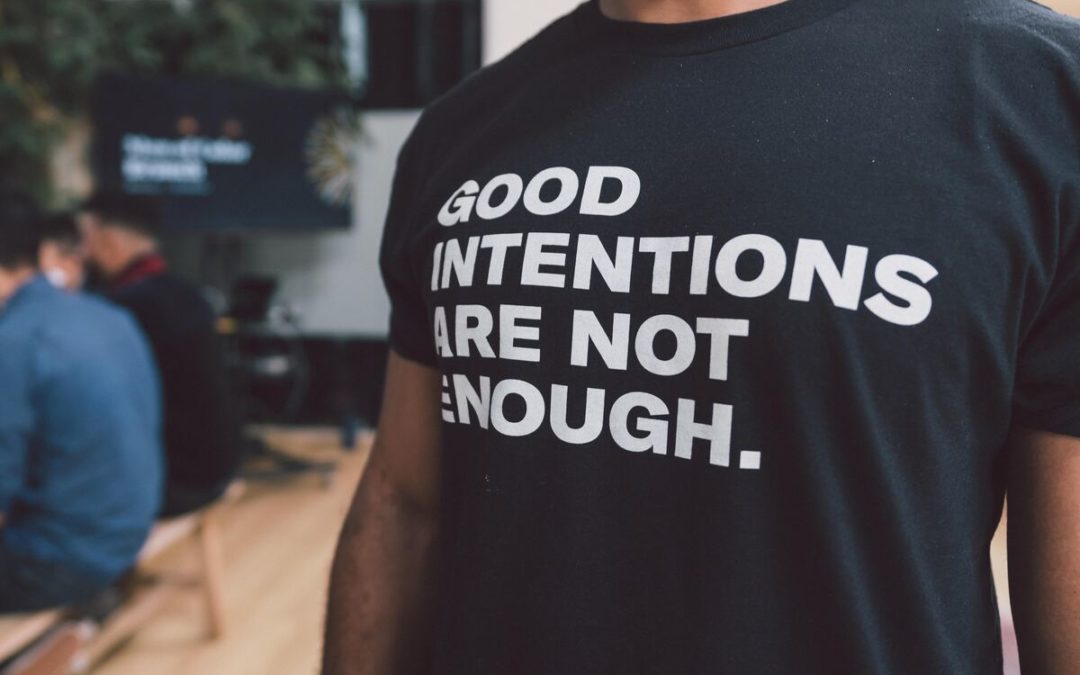Introduction: In the journey towards gender parity, the role of male allies is crucial. Male allies are men who actively support and advocate for women, recognizing and addressing the systemic issues they face. However, allyship is not a binary concept; it exists on a continuum with varying degrees of engagement and understanding. In this blog post, we will explore the different levels of male allies, ranging from those who deny the existence of problems to those who are committed activists. Understanding these levels can help us identify where we stand and how we can progress towards becoming better allies.
Level 1: The Ignorant At the first level, we have men who are completely unaware of the issues faced by women. They may even deny that any problems exist, dismissing them as insignificant or non-existent. Their lack of awareness or refusal to acknowledge the struggles of others hinders progress and perpetuates inequality.
Level 2: The Passive Moving up the scale, we encounter men who acknowledge that there are issues faced by women, but do not actively engage in addressing them. They may remain passive observers, failing to speak up when they witness discriminatory behaviors or microaggressions. While they may have a basic understanding of the problems, their inaction limits their impact as allies.
Level 3: The Reactive The next level of male allies are those who react to discrimination or microaggressions when they occur. They speak up against such incidents, but their allyship is primarily reactive. They may not actively seek opportunities to learn more about the issues or challenge their own biases. Their support, while important in the moment, may lack the consistency needed for true progress.
Level 4: The Proactive Stepping further up the scale, we encounter proactive male allies. These individuals actively seek out opportunities to learn about the issues faced by women. They engage in training or educational programs to enhance their understanding and combat prejudices. They not only speak up against discrimination but also take the initiative to educate others about its harmful effects.
Level 5: The Advocate At the highest level of the scale, we find the advocates—the male allies who are committed to driving meaningful change. They assume leadership roles in advocating for the rights and needs of women in their organizations. They leverage their influence, and resources to amplify women’s voices, challenge systemic inequalities, and work towards creating a more inclusive society. Their allyship goes beyond individual actions and aims to address the root causes of discrimination.
Conclusion: Understanding the continuum of male allies is essential for personal growth and collective progress. By recognizing where we stand on this scale, we can assess our own allyship and take steps to move towards becoming better allies. It is important to continuously educate ourselves, actively engage in conversations, and challenge our own biases. As we progress along this continuum, our actions as male allies can have a lasting and positive impact on the lives of women and contribute to a more equitable world.
Remember, allyship is not a fixed destination but a journey of growth and learning. Let us strive to be the best allies we can be, taking one step at a time towards creating a more just and inclusive society for all.

